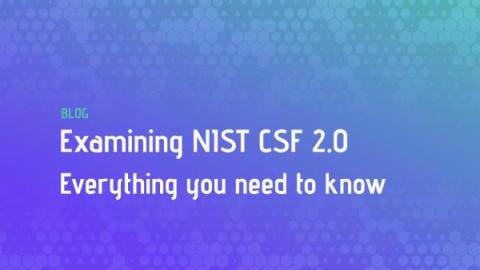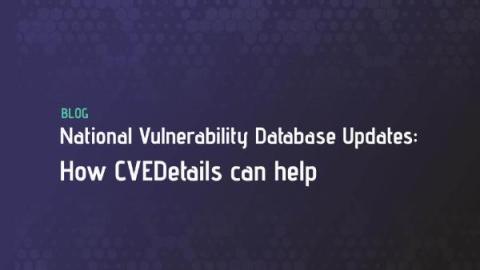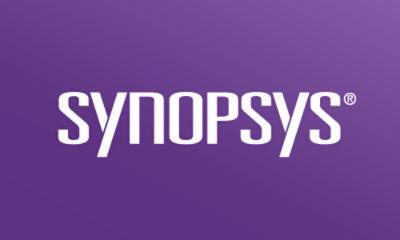Examining NIST CSF 2.0: Everything you need to know
In 2014, the National Institute of Standards and Technology (NIST) released its Cybersecurity Framework (CSF) following a presidential executive order to help organizations better understand, reduce, and communicate cybersecurity risk. In the decade since its introduction, NIST CSF has become one of the most widely recognized and utilized frameworks globally, built upon five key functions: Identify, Protect, Detect, Respond, and Recover.











